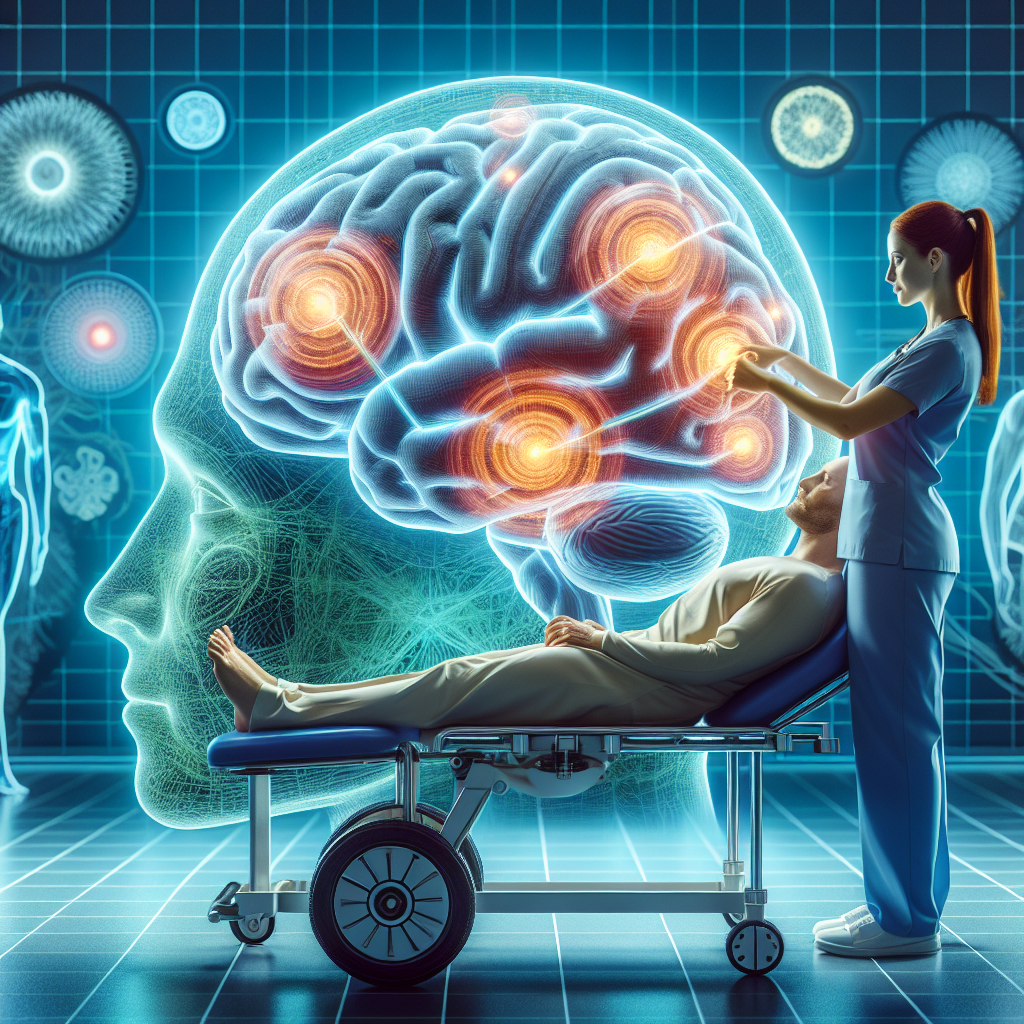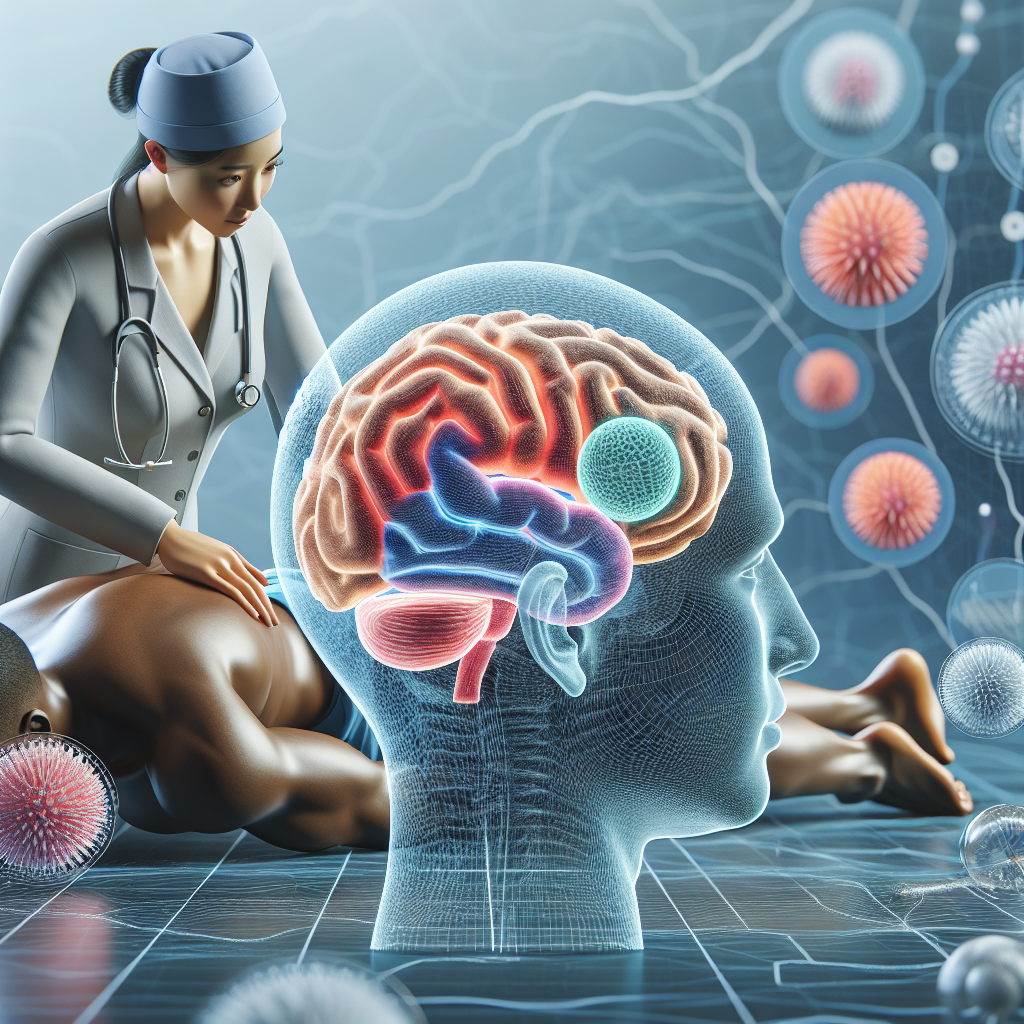What Are Some Challenges Faced In Implementing Neurorehabilitation Techniques?
You are about to explore an intriguing discourse on the trials encountered in applying neurorehabilitation techniques. This fascinating topic uncovers both the obstacles faced during the execution of these methods, and the demanding complexities they bring to bear in the field of neuroscience. From understanding the intricacies of the human brain to the difficulties of personalized patient treatment, brace yourself for a captivating journey into the heart of neurorehabilitation implementation.

Understanding Neurorehabilitation
Neurorehabilitation is an intricate medical process that aids the recovery of individuals who have suffered neurological damage. This recovery process aims to improve your cognitive, sensory, and motor abilities, thereby maximizing your overall functional independence.
Definition and purpose of neurorehabilitation
Neurorehabilitation is a program designed for people with diseases, trauma, or disorders of the nervous system. This method is a multifaceted and comprehensive way to help you regain functions that might have been compromised due to brain injuries or different neurological disorders. The primary purpose of neurorehabilitation is to restore you to the highest level of functionality and independence while improving your overall quality of life—physically, emotionally, and socially.
Different types of neurorehabilitation techniques
A multitude of techniques are utilized in neurorehabilitation. These range from physiotherapy and occupational therapy to psychological therapy, speech, and language therapies. Some of the more specific techniques include constraint-induced movement therapy, locomotor training, functional electrical stimulation, and even the integration of virtual reality gaming technology. The chosen treatment approach will depend on your personal neurological condition, needs, and recovery goals.
Lack of Trained Professionals
A significant challenge faced in the field of neurorehabilitation is a shortage of trained professionals.
Shortage in the number of trained neurorehabilitation professionals
There is a noticeable deficit in the number of trained neurorehabilitation professionals. This shortage poses a substantial challenge to meeting the demands of an increasing number of patients in need of these services. The lack of professionals in this field could impact the quality and accessibility of care for patients needing neurorehabilitation.
Need for continuous professional development and training
Even when the workforce is adequately staffed, there is a continuous need for their training and professional development. The rapidly evolving nature of neurorehabilitation requires professionals to constantly update their knowledge and skills to employ the most effective and evidence-based practices.
Challenges in interdisciplinary collaboration
Effective neurorehabilitation often requires input from a diverse range of specialists. Given the complexity of neurological disorders, collaborative efforts between neurorehabilitation professionals are crucial. However, due to a variety of reasons such as geographical barriers and mismatched professional expectations, maintaining a synergistic and interdisciplinary collaboration may pose a significant challenge.
Availability of Resources
Another pivotal challenge revolves around the availability and allocation of appropriate resources.
Physical resources and infrastructure
The absence or insufficient availability of physical resources and infrastructure, such as neurorehabilitation centers or equipment, poses a significant barrier to providing optimal care. Often, patients with neurological problems may require intricate tools or treatments. Hence, infrastructural insufficiency can limit patients’ accessibility to optimal care.
Financial constraints
Financial constraints can also restrict the accessibility of neurorehabilitation services. Developing and maintaining a fully equipped neurorehabilitation center can be costly. The financial burden, thus, likewise falls on the patient, who may have difficulty affording the rehabilitation cost.
Challenges related to the geographic dispersion of resources
The geographic dispersion of resources can also pose substantial challenges. Neurorehabilitation patients residing in rural or remote areas might have trouble accessing quality care, given the majority of specialized services and facilities are often located in urban areas.

Technological Challenges
Technological advancements have the potential to revolutionize neurorehabilitation. However, they bring about their fair share of challenges.
Challenges in integrating new technologies into practice
Despite the promising potential of technology in neurorehabilitation, integrating new technologies into existing practices can be a complicated process. Professionals might find it difficult to keep pace with rapidly evolving technologies and figuring out the best ways to incorporate them into their therapeutic practices.
Limitations of existing technology in neurorehabilitation
Furthermore, there may be limitations to the current technological solutions for neurorehabilitation. Existing technologies may not adequately cater to the diverse range of neurological issues that patients present or may not be user-friendly for patients and clinicians.
Inadequate technological training among staff
Another significant challenge is the inadequate technological training among staff members. Even when effective technologies are available, the lack of trained professionals who can use these technologies effectively can hinder the progress of neurorehabilitation.
Access to Neurorehabilitation Services
Gaining access to neurorehabilitation services can often be a challenge for many patients, owing to geographical, socioeconomic, and cultural barriers.
Geographical barriers
Geographical barriers such as living in remote areas can limit a person’s access to quality neurorehabilitation services. It can be a monumental challenge to have regular visits to centers that are hours, or even days, away from one’s residence.
Socioeconomic barriers
Lower socioeconomic status can also serve as a formidable barrier to gaining access to neurorehabilitation services. The costs of treatment, transportation, or accommodation can be burdensome for those in lower income brackets.
Cultural and linguistic barriers
For culturally and linguistically diverse individuals, accessing neurorehabilitation services can be an additional challenge. Language barriers may hinder effective communication, while cultural differences may affect a patient’s perception and acceptance of therapy interventions.
Patient-Related Challenges
There are also patient-related challenges in implementing neurorehabilitation.
Variation in patient responses to treatment
Each patient’s response to neurorehabilitation techniques can vary significantly due to individual differences in their conditions, cognitive abilities, and physical capacity. Thus, it becomes challenging to predict responses across patients and to establish standardized treatment protocols.
Challenges related to patient motivation and engagement
Another common challenge involves motivating and engaging patients in their rehabilitation process—the success of most rehabilitation treatment is dependent on the patient’s active participation and effort.
Issues related to patient compliance and adherence
Lastly, it’s essential to consider patient adherence to therapy regimens. Non-compliance with therapy can be a substantial hurdle, as the efficacy of neurorehabilitation greatly relies on consistent application and practice.
Measurement of Progress
Measuring progress in neurorehabilitation is an integral aspect of ensuring that the intervention is working as planned. However, it carries its own set of challenges.
Challenges in assessing patient progress
Assessing a patient’s progress in neurorehabilitation can be quite tricky. This is because progress is not always linear, and improvements in complex neurological functions can often be slow and subtle.
Lack of standardized measurement tools
Furthermore, there is a lack of standardized tools for measuring patients’ progress. Different therapists may have different ways of judging a patient’s progress, making it difficult to compare results across different settings or treatment techniques.
Difficulties in defining successful outcomes
Success in neurorehabilitation can be challenging to define. Success could mean regaining full functionality for some patients, while for others, it might be more about improving quality of life or gaining increased independence.
Research and Evidence-Based Practice
Current challenges also extend to the realm of research and evidence-based practice.
Need for more high-quality research in neurorehabilitation
The neurorehabilitation field could benefit from more high-quality research particularly focused on enhancing methodologies, evaluating efficacy, and comparing different rehabilitation strategies.
Challenges in translating research into practice
Then there’s the challenge of translating research findings into clinical practice. All too often, valuable research results don’t make it off the page and into real-world settings.
Issue of evidence-based versus individualized treatment
A recurring debate in neurorehabilitation revolves around the tension between sticking to evidence-based protocols and tailoring treatment to individual needs. Balancing the two is a significant challenge in this field.
Policy and Regulation Challenges
Policy and regulation inconsistencies can likewise pose challenges to the implementation of neurorehabilitation services.
Inconsistency in policy and regulation across regions
Policies and regulations regarding neurorehabilitation services vary across regions, and this lack of uniformity can make it difficult for practitioners to know what is required of them, impacting the quality and delivery of neurorehabilitation services.
Impact of healthcare policies on service delivery
Furthermore, healthcare policies can directly impact the availability, accessibility, and affordability of neurorehabilitation services. For instance, insurance policies might not cover certain aspects of neurorehabilitation, putting financial strain on patients.
Legal and ethical considerations in neurorehabilitation
Legal and ethical considerations also pose distinct challenges. Consent, privacy, and patient autonomy are all significant considerations that can influence how neurorehabilitation is administered.
Future of Neurorehabilitation
Looking ahead, the future of neurorehabilitation presents its own set of challenges.
Challenges in predicting future developments in neurorehabilitation
One major challenge involves predicting the future developments in the field. As technologies evolve and new therapies emerge, how these will shape the landscape of neurorehabilitation remains uncertain.
Implications of rapid advancements in technology and neuroscience
Rapid advancements in technology and neuroscience hold tremendous potential for improving neurorehabilitation. However, these advancements also raise questions about accessibility, ethical considerations, and how to adequately prepare professionals for these shifts.
Potential strategies for overcoming current challenges
Despite the many challenges, there are several potential strategies for improving the status quo. These include, but are not limited to, increasing funding for research and development, building more robust interdisciplinary collaborations, and streamlining policies across regions. Furthermore, there is an ongoing need to raise awareness about the importance of neurorehabilitation while breaking down barriers to access and implementing comprehensive and effective treatments.

